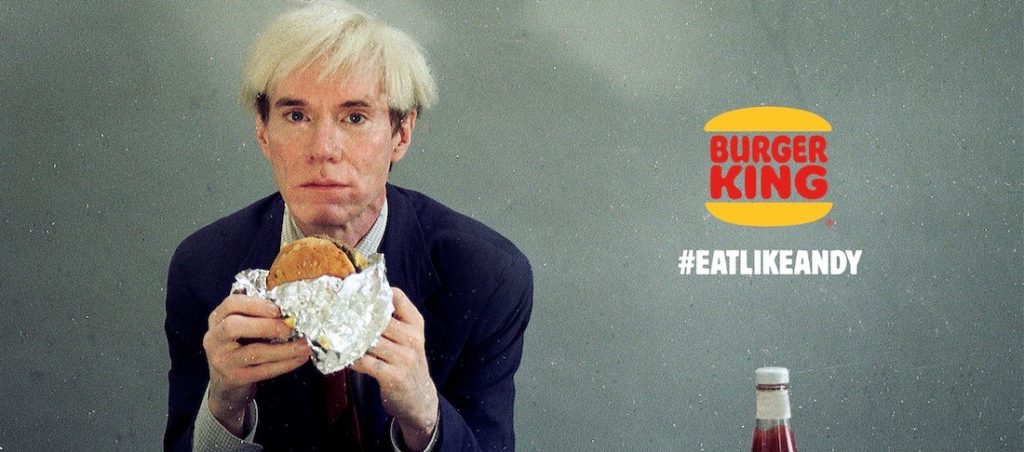The fact that this year’s Super Bowl was played the day after Groundhog Day should have been a hint for what followed during the game broadcast. Besides the New England Patriots playing for the third year in a row (winning their third trophy in the last 5 years) many things were familiar to viewers of past broadcasts.
After a couple of years of advertisers courting some level of controversy with cause-related ads and edgy creative, marketers appeared to be playing it safe. Many advertisers revisited concepts and ideas from last year, such as Amazon’s star-studded Alexa commercials.
The common themes were parodies, retreads of last year’s themes, and brand mashups similar last year’s “It’s a Tide ad.” The most talked-about ad by the end of the evening was HBO’s takeover of a Bud Light spot to promote the return of Game of Thrones.
There were few surprises, even as some advertisers returned to the practice of not previewing their ads beforehand. Google came in at the last minute with two spots that were well-received among viewers commenting in social media channels. One ad saluting veterans and another promoting translation app were both cheerful and upbeat and made their point without star-studded productions or trying too hard. They were simple, played the emotional card without overdoing it and zeroed in on all the right features; no need for stars or stunts or inside jokes.
The mashups provided the surprises, like the Bud Light spot where one of the brewer’s medieval-themed plots suddenly morphed into something far darker as the Bud Light Knight loses a joust (and his head) to the sinister character of The Mountain from GoT just before and a dragon incinerates the entire “Dilly-Dilly” court.
The ads, shot by Droga5 and Bud Light’s agency Weiden + Kennedy, were part of a media buy that mostly centered on a series of ads tweaking rivals Miller Light and Coors Light for using corn syrup in their brews. Before the second half, the National Corn Growers Association was already tweeting its displeasure at Bud and its parent company A-B InBev.
AI and celebrities, dead or alive
Technology played a big part in Super Bowl LIII advertising. A number of tech and telecomm marketers bought into the game, and many advertisers whose products are not tech-related still jumped on the artificial-intelligence wagon. Michelob Light’s ad featured a lonely robot incapable of enjoying a beer, TurboTax introduced a new character, RoboChild, to highlight its advisor and Pringles showed Alexa in an existential funk because she can’t taste the chips. (Coincidentally, the ad continued the stacking chips idea from last year’s Super Bowl commercial.)
Among the humans, celebrities were overrepresented in the advertising. Besides the return of Carrie Bradshaw and The Dude, even dead celebrities got their 15 minutes of fame (or 30 seconds). Burger King repurposed vintage footage of painter Andy Warhol eating a burger, in a spot by agency David Miami.
Kia Motors teased a Super Bowl effort that broke away from the star-studded endorsements and big-budget productions, but the actual spot on the game resembled a standard car commercial. The ad touted the new Telluride truck by praising the town of West Point, Georgia, where the truck is built.
For the most part, marketers in the game steered clear of overtly political messages, preferring to lean into the environment (such as Budweiser’s wind-power ad) or children’s issues, such as the NFL’s PSA for the Girls Club. Women’s empowerment featured prominently in many of the messages that tapped into current events, such as Bumble’s ad featuring Serena Williams.
Toyota scored high with commenters online with its spot for the hybrid Rav4 sports utility vehicle, from Burrell Communications and Toyota agency Saatchi and Saatchi. The ad featured football player Toni Harris, the first female player to receive a football scholarship, drawing parallels between her defiance of assumptions about her size and strength and the new hybrid’s.
While rival Verizon used real people in its series of ads about first responders, T-Mobile went with humor to promote a series of new promotions with partners including Taco Bell and Lyft. The ads were deceptive simple: a shot of a telephone, showing a text exchange in progress, including many that would be instantly recognizable from daily life.
What was your favorite Super Bowl ad? What just didn’t do it for you? Share your thoughts in the comments below!
